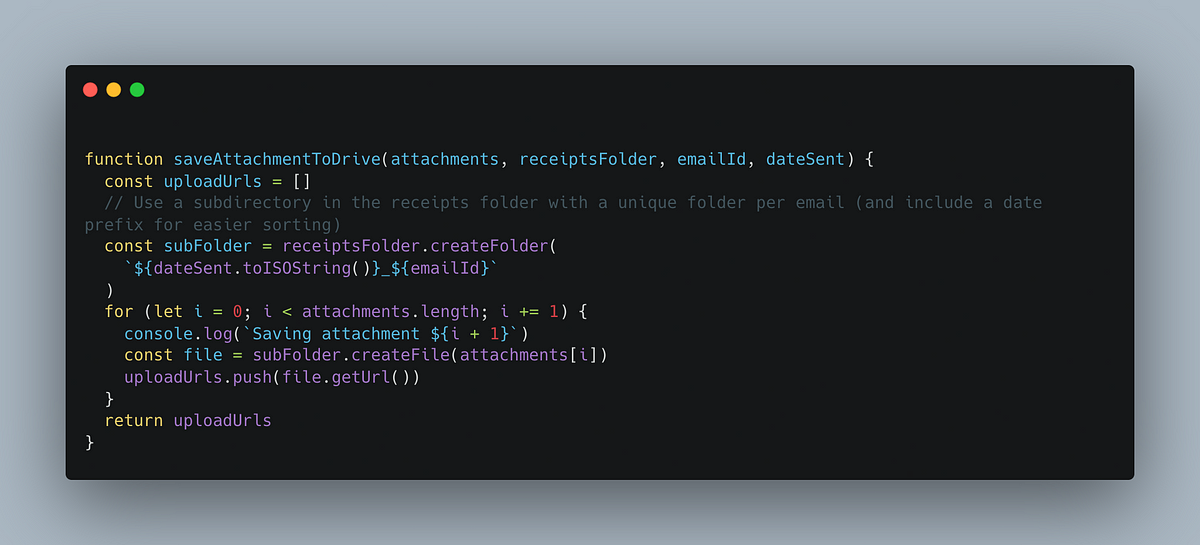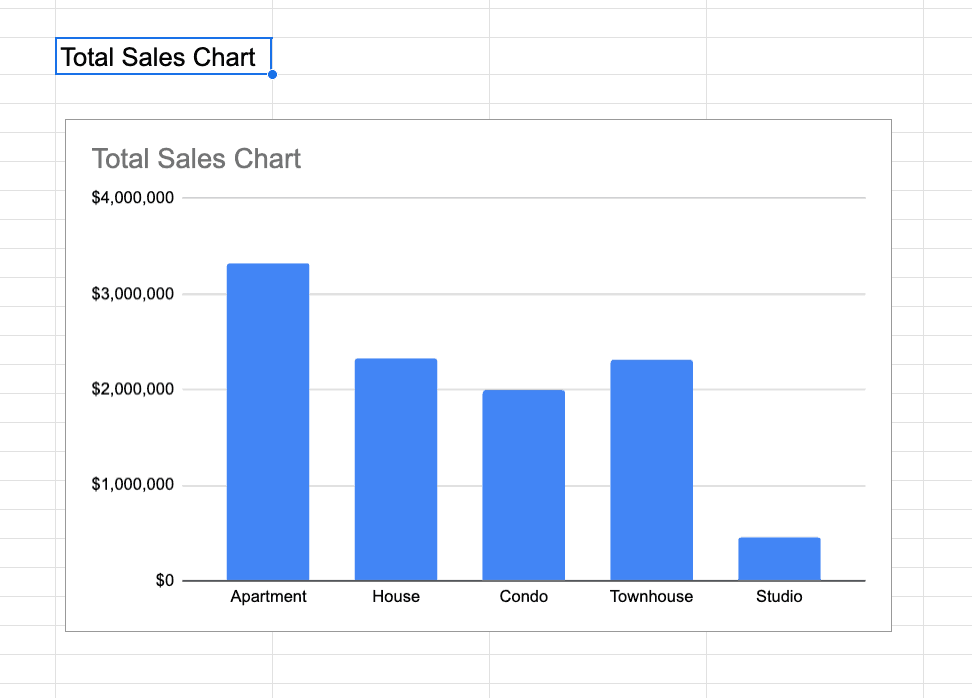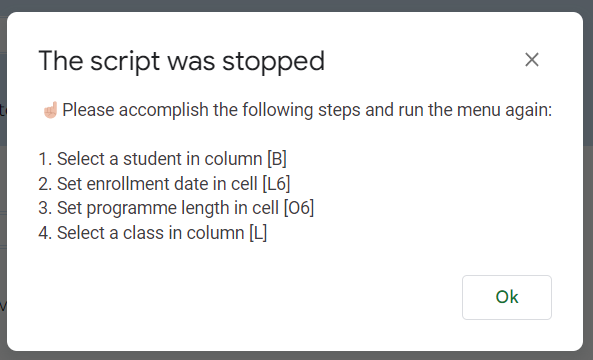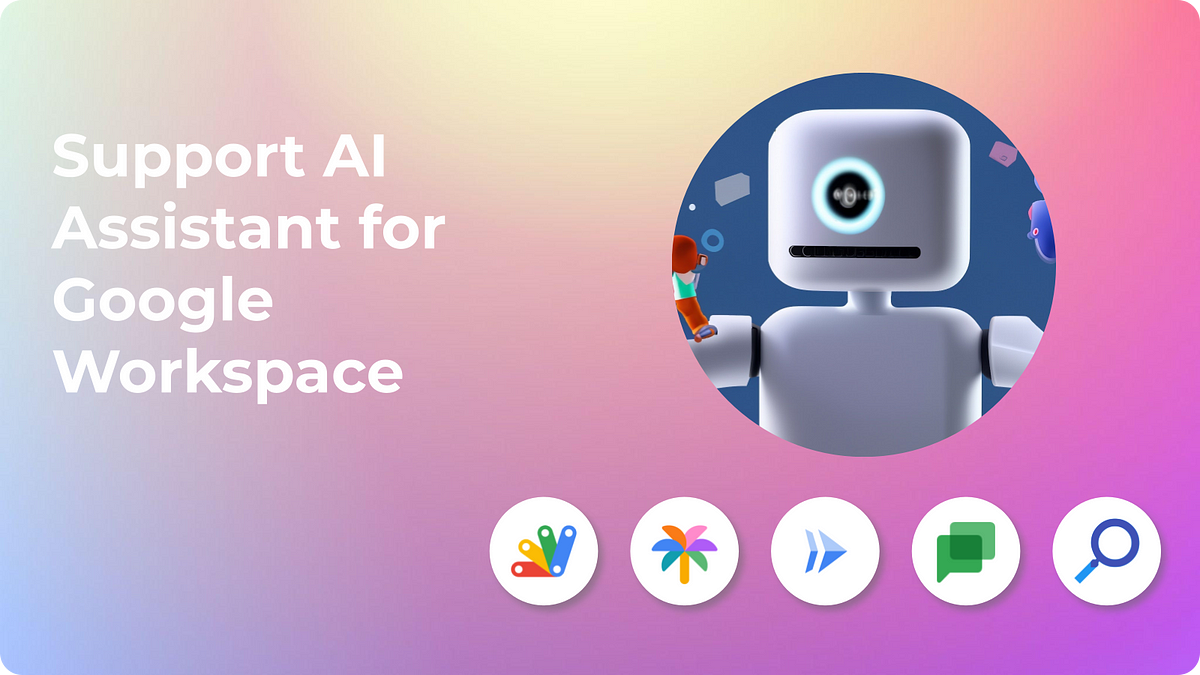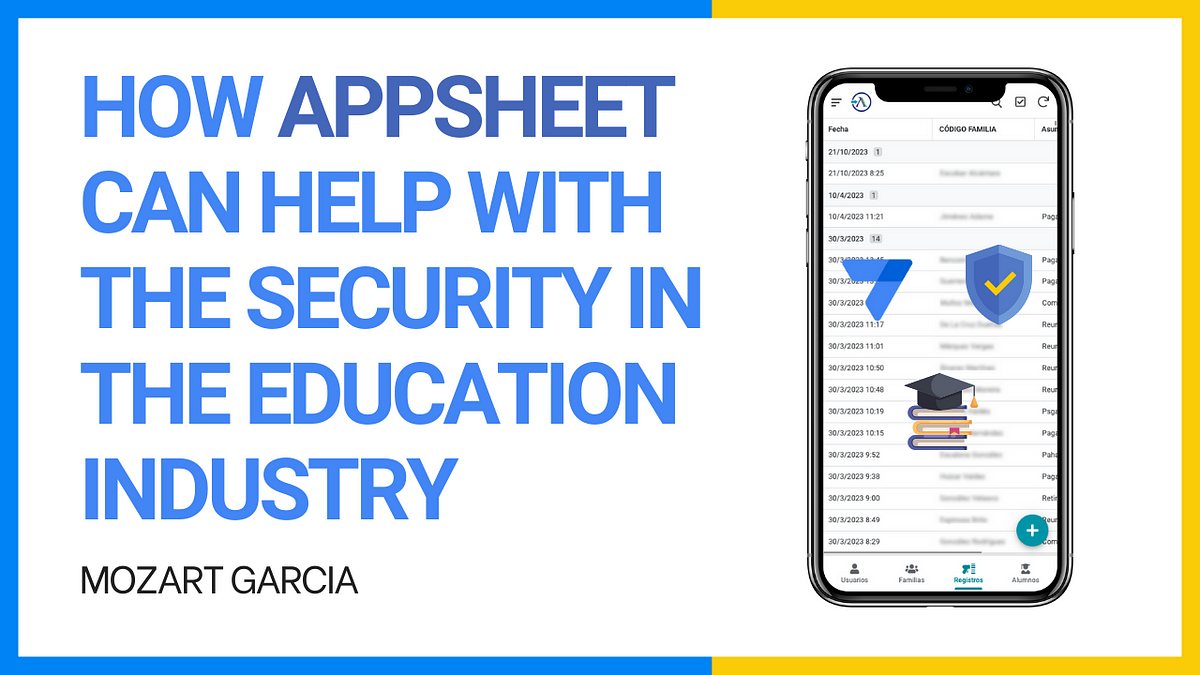An intense 48-hour tour of AppSheet, Google’s flagship nocode tool, from the perspective of a newcomer to the platform (part 1/4).
When introducing people to AppSheet I like to remind them that whilst it is a no/low code solution, like many other products it still requires you factor in time to learn and understand the product. Spreadsheets are a great example of this there being aspects that are relatively intuitive but other areas like formulas where it requires time to understand how to best use them.
I find learning vicariously, through the eyes of others, helps me understand what other people value in a product. This first post in a series by Pablo Felip in ‘Discovering Google AppSheet in 48 hours’ is a great example of just that. There are three more parts to come, but in part 1 Pablo sets the scene sharing initial impressions and first learning from a weekend in AppSheet.
Perhaps not unsurprisingly data features heavily in this first post. What you want your app to do will often be based on the data you already have or the data you will need. The post also contains this useful reminder:
Google AppSheet is a “core” service of Google Workspace. It is therefore covered by the same legal umbrella as the other core services of this platform with respect to terms of use, security and privacy of the data processed.
Pablo’s next part should be published next week and hopfeully like me you’ll be following along.
Source: Discovering Google AppSheet in 48 hours | Part 1

Member of Google Developers Experts Program for Google Workspace (Google Apps Script) and interested in supporting Google Workspace Devs.

